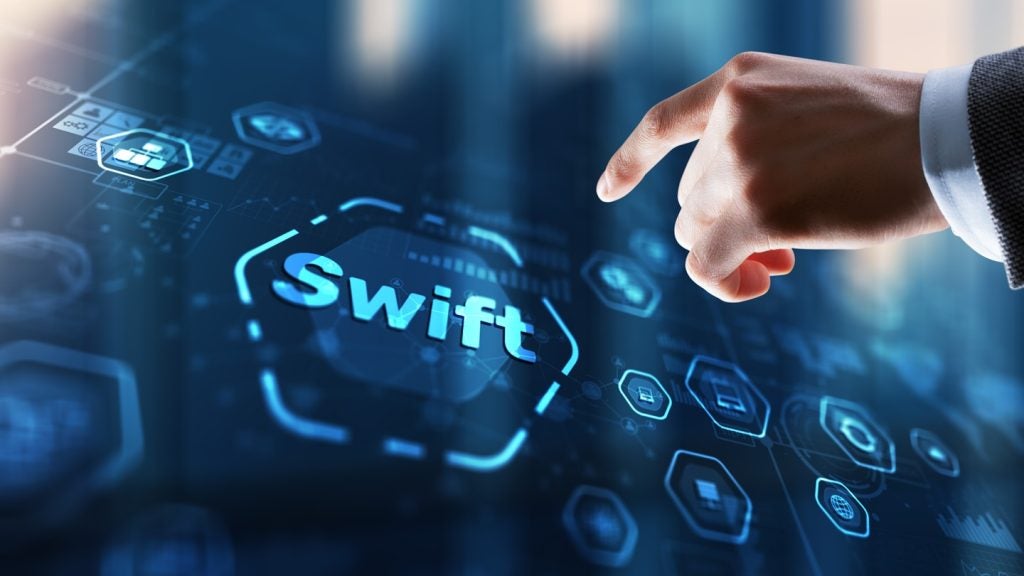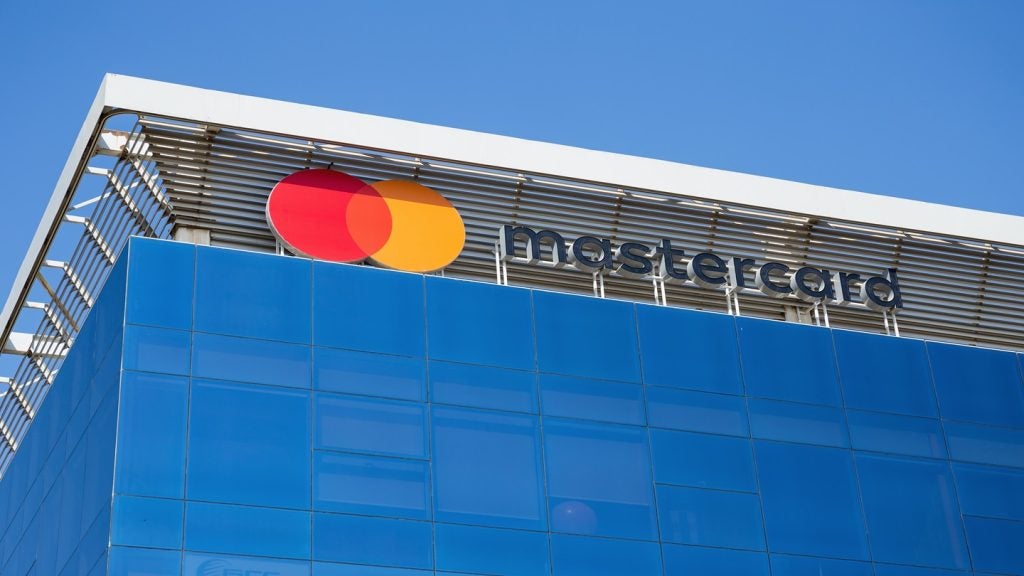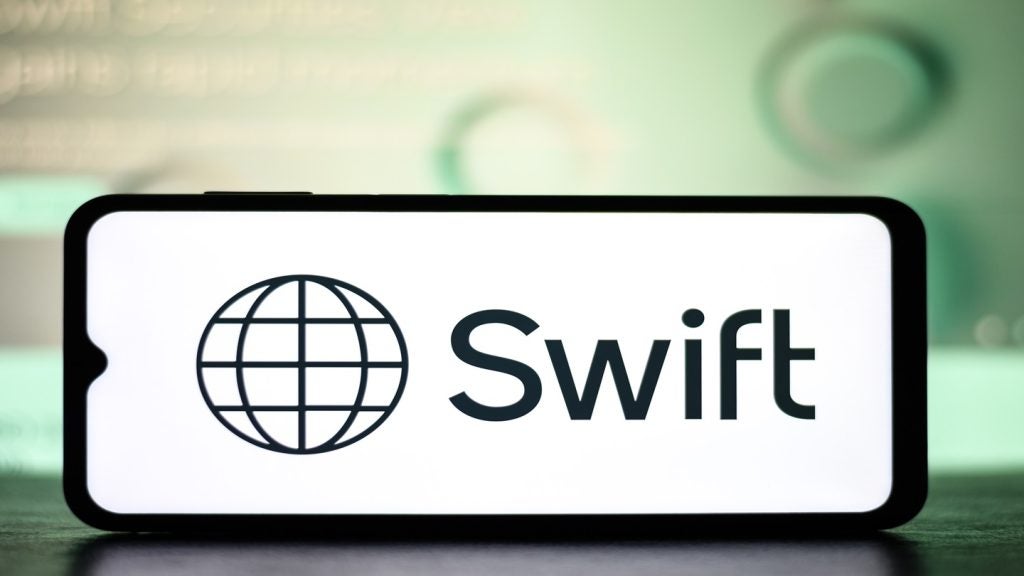take a stronger foothold in the marketplace, Truong
Mellor spoke with several industry figures about the
opportunities as well as the challenges in this space, and asks
whether there is anything that can be done to accelerate
adoption.
To coincide with the announcement of an increased investment in the
development of contactless technology, Barclaycard CEO Antony
Jenkins recently spoke of the limits that plastic cards place on
the contactless chip.
“Take the plastic away and the possibilities are endless, allowing
the customer to pay by using something they are already carrying,
be it a mobile, key fob or even via biometrics,” said
Jenkins.
Recently published research has suggested around 100 million mobile
phone users will be using their handsets to make money transfers by
2013. According to Juniper Research, this sector will present a $5
billion marketplace in five years’ time, both for mobile money
transfer service providers and vendors, and for both national
services between mobile users in a single country and
internationally.
In an attempt to gauge whether the plastic payment card is indeed
on its last legs, CI managed to speak with some of the players
involved in the development and implementation of contactless
technology.
CI: To some extent, it seems like we have been here before
with initiatives like Mondex and Visa Cash – what makes contactless
and mobile technology different?
How well do you really know your competitors?
Access the most comprehensive Company Profiles on the market, powered by GlobalData. Save hours of research. Gain competitive edge.

Thank you!
Your download email will arrive shortly
Not ready to buy yet? Download a free sample
We are confident about the unique quality of our Company Profiles. However, we want you to make the most beneficial decision for your business, so we offer a free sample that you can download by submitting the below form
By GlobalDataRichard Mould (RM), head of contactless and payment
innovation, Barclaycard: I think the difference this time
is around contactless actually delivering benefits to all the
people involved. Quite a lot of innovations in the past have been
around technology for technology’s sake.
Where we think contactless is different is that it delivers real
benefits for cardholders and merchants. The technology has actually
been around for some time – Octopus in Hong Kong has been going for
over a decade. What we are doing now is building on the railroad
that has been laid down by chip and PIN.
It really focuses on the ease and convenience angle, and that is
important for consumers but also for merchants. The payment
experience around Mondex and Visa Cash was quite challenging and
clunky.
Guido Mangiagalli (GM), vice-president of payWave and
mobile, Visa Europe: The main difference is based around
the consumer. With Mondex and Visa Cash, the business case was very
similar – penetration of the cash market. But it really did not add
any value for the consumer, and was asking them to change their
habits quite drastically.
Simon Pugh (SP), group head of mobile, MasterCard:
Having been involved in both of those initiatives, I think the
difference is that we at MasterCard have certainly learned from our
experiences of implementing new technology, and the challenges of
building critical mass.
As we have launched contactless in the UK and elsewhere, we have
done it on cards, so from a consumer perspective not only can you
use the card at contactless locations but you can use it anywhere
that accepts our cards. If we had launched with just phones, the
utility would not have been there. All the trials we have done
indicate a very strong consumer interest in using mobile phones for
payment.
Nick Holland (NH), senior analyst, Aite Group:
Fundamentally, it is that a phone does not come with a magnetic
stripe, but it is something everyone carries with them.
What you are also selling is the ability to do some very
sophisticated marketing and loyalty, and the penetration rate of
the mobile phone speaks for itself. It is a huge selling point –
you are not necessarily selling a new form factor with mobile
phones, and they are becoming more and more sophisticated as
devices. It is a very logical step for them to become some sort of
payment device.
CI: Obviously chip and PIN has a fair way to go in terms of
becoming truly global. What do you think will drive the migration
towards EMV compliance? Will it be events like the recent fraud
issue in the UAE? (see CI 407)
RM: EMV does solve a lot of the security issues
around payments, and I expect that this is going to drive it
globally. The question is really just around timing, which will
depend upon the nuances of particular markets.
NH: It is going to have to be driven by the banks
to a certain extent. They would have to be hit by fraud hard enough
to see the business case. If you could bundle in contactless with
an EMV terminal and the price differential is minimal, at that
point there is some viability. From a merchant’s perspective, you
are throwing money at something which is non-existent at this
point.
GM: With the SEPA mandate, EMV acceptance and
issuance in Europe will see a boost, but in the US I do not see
them migrating to chip and PIN in the near future. But they are
migrating to contactless. I think the mobile phone will bring that
convergence between chip and PIN and the US market.
SP: The case for EMV migration has traditionally
been driven by fraud reduction and containment. In some markets
there have been other business interests, such as leveraging other
services – loyalty applications, the use of EMV in mass transit,
government benefits or authentication for online shopping.
CI: There are also some security concerns surrounding
mobile payments as well.
NH: If you talk to any of the big fraud companies
like RSA or VeriSign, they are already noticing sub-categories for
mobile on some of these fraudster message board forums.
One of the big issues with mobile is that people do not think of it
as a payment device, there just is not that perception yet. From a
hacking perspective, there are so many channels on a phone – voice,
text messaging, Bluetooth and Wi-Fi – which means there are a lot
of ways in. There are a lot of concerns there.
RM: I think that if you look at the alternatives
such as cash, mobile payments are a lot safer. One call and you can
freeze everything.
NH: It is early days still, and I think the
potential benefits outweigh the risks. Particularly from a merchant
perspective when they see the ability to send real-time alerts and
coupons to people based on their geographical location.
CI: What are some of the other challenges facing widespread
contactless adoption?
GM: The challenge is really around infrastructure.
We need to upgrade. It is not a generational change like the one
from magnetic stripe to chip and PIN, it needs a contactless reader
at the point of sale.
It is a chicken and egg situation right now. The merchants are
reluctant to make that investment because they don’t see that many
cards in the market, and the issuers don’t push the cards because
they don’t see the acceptance. But we will see that change. The
Barclaycard announcement was quite strong in terms of where they
want to go, and the investment they are willing to make.
NH: If you look at major cities in the US, there
are fairly high levels of penetration there. You can use
contactless cards in New York taxis.
Most of the major retail chains are equipped for it. The issue is
that most of America is not a large metropolitan area. How do you
sell the concept to people who don’t really see any need for that?
They don’t have that hectic lifestyle, there isn’t that urgent
demand to get in and out of a supermarket. From the retailer’s
perspective, it could be hard to justify that.
If you are looking at the UK market, I think it might be even more
difficult to get contactless adopted because merchants not that
long ago switched to chip and PIN.
RM: Cities will generally come earlier, because of
the concentration or people, but irrespective of whether you live
in a city or a small town, people are getting busier and busier
every day. They want things that make their lives easier. I do not
think it is a big city thing at all, as long as the merchants have
the appropriate technology for people to use. People make payments
wherever they are – our job is to simply put the infrastructure in
place, be that cards in people’s hands or terminals in
merchants.
CI: Which countries or markets will most likely be the
first to adopt contactless on a wide scale?
NH: The markets that have already adopted
contactless are the Asian markets like Hong Kong and Japan, where
they are already a generation advanced in terms of mobile phones in
the first place. Potentially, you could see adoption in markets
where there is no legacy infrastructure related to magnetic stripe.
I would say that you could see it happening in some areas of Africa
and Latin America.
GM: If we look at Europe, I would say the UK and
Turkey are probably the most advanced. France and Italy are coming
along – we have some advanced trials in those markets.
RM: Again, I see it as an issue of ease and
convenience, so I think it will come down to which markets will
benefit from this the most.
SP: We have launched contactless in around 25
countries, so it is well underway. Each market has its own need or
desire to move towards contactless technology driven by the
specifics of the market. Certainly, factors like urban density come
into play, so it is driven by things like mass transit. In Turkey
for example, we have enabled PayPass transactions on buses.
NH: What is difficult is selling the ‘next
generation’ concept, where it is not just a payment transaction and
it ties in things like loyalty and real-time location based
marketing. That is the hard sell at the moment, as it is not
cost-effective right now. It is a significant price differential
that has very little benefit at this point in time. Asking
merchants to pay extra for a terminal when there is no reciprocal
consumer interest – that is an issue.
CI: Should the approach towards contactless perhaps take
the form of products that are issued for a particular purpose –
transport being the obvious one – that could then branch out into
other areas?
NH: Yes, but you would need a big mass transit
system. The Oyster card in London is starting in the right
direction, but it would need some kind of nationwide uptake or some
way that the technology could be franchised throughout the UK. It
could depend on a lot of the local politics of the transit
networks.
GM: In the UK, it has actually been the other way
around.
The Barclays Oyster card project actually started with Transport
for London wanting to replicate the Octopus model, and they
starting thinking about moving into the retail environment. But
they met with the banks and saw that Visa payWave had the same
consumer experience and benefits, and there was little space in the
market to create a new acceptance infrastructure. In terms of
retailers, we are looking at working with many of the fast food
chains.
SP: I think that each market has its own rationale
and approach towards the move to contactless. Transit is certainly
useful in some markets because it creates habitual use – there are
great synergies there.
But that is not to say that contactless technology only works in
markets where there is a transit system. In the US, while there are
large metropolitan areas that have large transit systems, there is
a large part of the country that relies on cards. We have also
found tremendous success in outlets like drugstores, convenience
and fast food stores. Each retail sector has its own rationale for
pushing the technology. Some want to be innovative and give a new
experience to their customers, others want to drive through-put and
loyalty.
CI: Something that we are hearing less of these days is
biometrics. Is this an area where we may some future
development?
NH: The challenge is trying to convince a merchant
to buy into a closed-loop system that people are a little bit
scared of. Apart from maybe nudist colonies, I don’t see anywhere
that has a great demand for it.
However, there are things like voice biometrics that could
potentially be useful – authenticating yourself over a mobile
before a transaction.
SP: It is not a technology we feel is ready for
the mass market. That is a factor of cost and reliability. Every
conference I go to that features biometrics, every vendor touts
their special proprietary secret way of doing things, and while
there is that level of difference between solutions it is difficult
to bet on one. That has been the case for about 10 years.
RM: For Barclaycard, our view is always that we
need to innovate in order to meet the customer’s needs. Because we
are in the payments business, it is really about simpler and easier
ways to pay.
Biometrics is really at an early stage, and the security really
isn’t mature enough yet to be able to offer benefit to the mass
market. The acid test for us is whether it is real and whether it
delivers added value for our customers. What we do not want to do
is get involved in hype.
SP: As we have done research on some of the
technologies, we have seen that there is a lot of concern around
where the information being kept and whether it is secure.
CI: Where do you see the issuers fitting in to all of these
developments? Could telecom operators instead of banks potentially
drive innovation in this area?
NH: Absolutely. However, the question is whether
they would want to take the risk inherent with essentially becoming
a bank. But in many respects they already are – a phone bill is
roughly equivalent to a credit card.
They are running the same type of fraud and loyalty technology that
banks run, and following the same path of the banks in terms of
customer relationship management. They are already set up for
billing and invoicing, so it possible that they would want to step
into that. The risk aspect is also something that puts them off,
and they are already concerned enough about churn. They really
don’t want to tip the balance.
SP: In a lot of developing markets we have seen
mobile and peer-to-peer payments taking route because there is no
solid banking infrastructure. You are competing with a ‘cash in the
mattress’ alternative. In Western markets, those models tend to be
less efficient than what is in place today.
RM: Our perspective at Barclaycard is that we want to keep
on innovating. If we are at the forefront of customer-focused
innovation, that puts us in a strong competitive position whether
our competitors be other banks, issuers or telcos. Our agenda is
that is to make sure we do the right things for our
customers.







